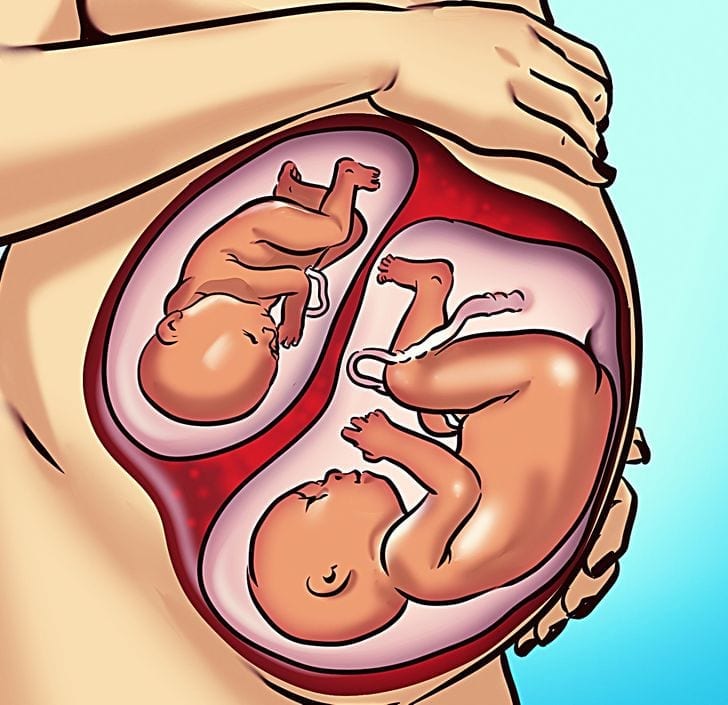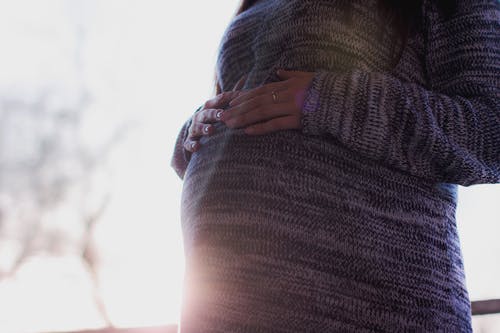Superfetation: Getting pregnant during a pregnancy
Superfetation happens when a woman conceives another child while already pregnant.
Usually, a woman’s body stops releasing eggs once she’s pregnant to prevent any other fertilization from happening. It is very rare, but sometimes although an egg has already been fertilized, new eggs are produced.
Superfetation is not peculiar to humans alone, it happens in other animal species—fish, badgers, hares, etc. The chances of it occurring in humans is very low. A study in 2009 claims that there are only 10 cases (of supposed superfetation) in medical writings.

Pregnancy in humans occurs when the sperm fertilizes an ovum (egg). The ovum, already fertilized, then implants itself in the woman’s uterus. For there to be superfetation, an entirely different ovum needs to be fertilized and then implanted in the womb separately. This can only be successful if ovulation occurs during pregnancy and the new ovum is fertilized by a sperm cell. And then, the fertilized egg implants in a womb that’s already pregnant. Theoretically, these events are as unlikely as the earth not spinning. They can hardly ever happen at the same time.

The rarity of superfetation makes it impossible to associate specific symptoms with the situation. Doctors may suspect it when they notice twin fetuses growing at different rates, but they are not likely to diagnose a woman with such. The reason is that growth discordance can be caused by several other things that are not necessarily Superfetation.
Even though superfetation mostly results in two foetuses with different sizes and ages, both babies can be born fully developed, without any health issues.
